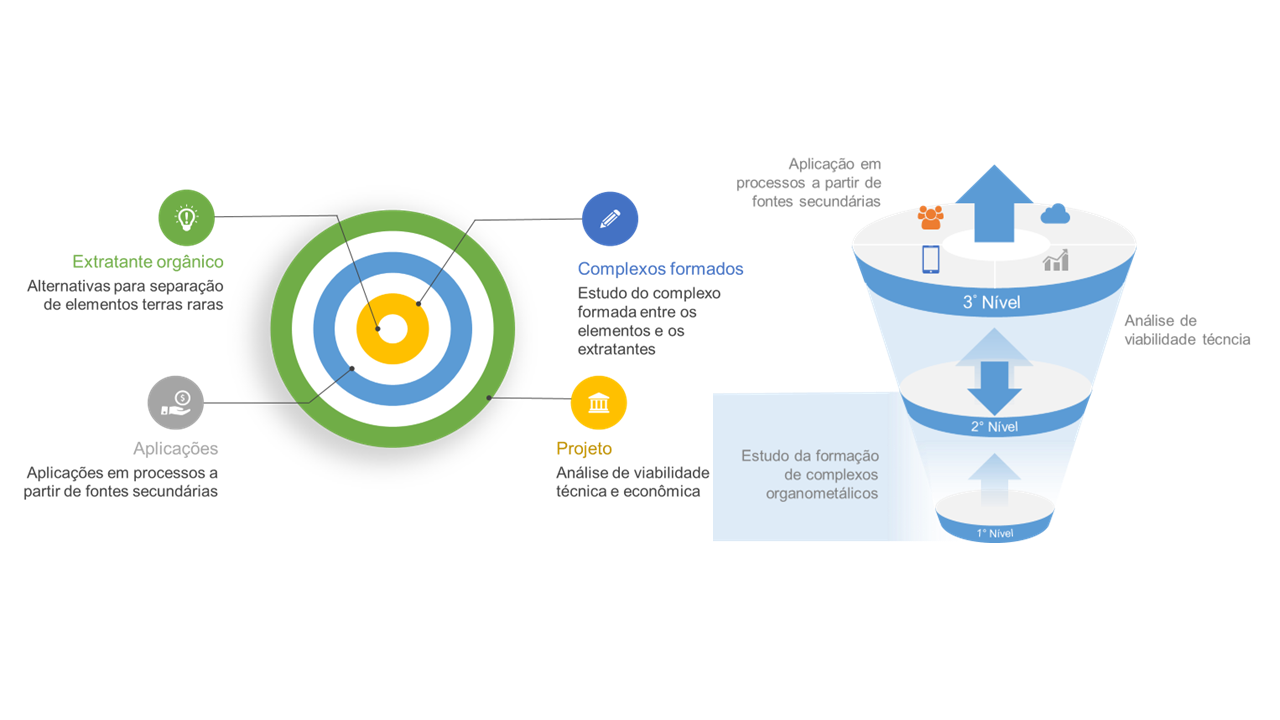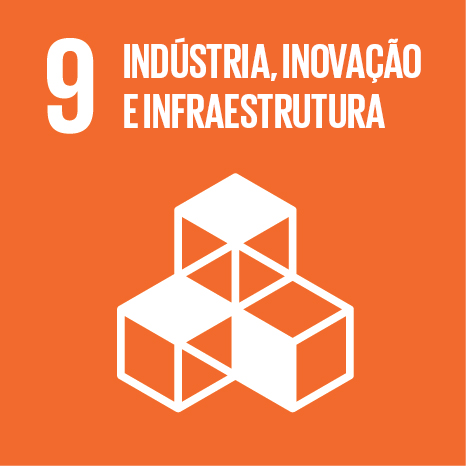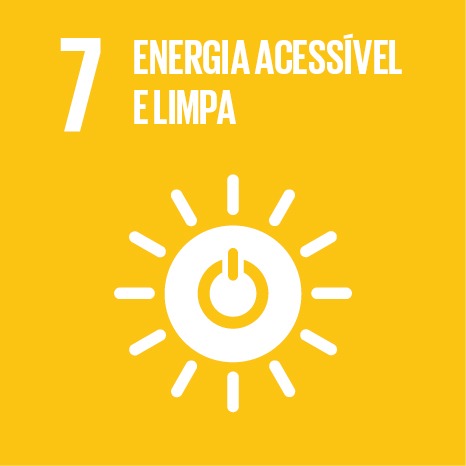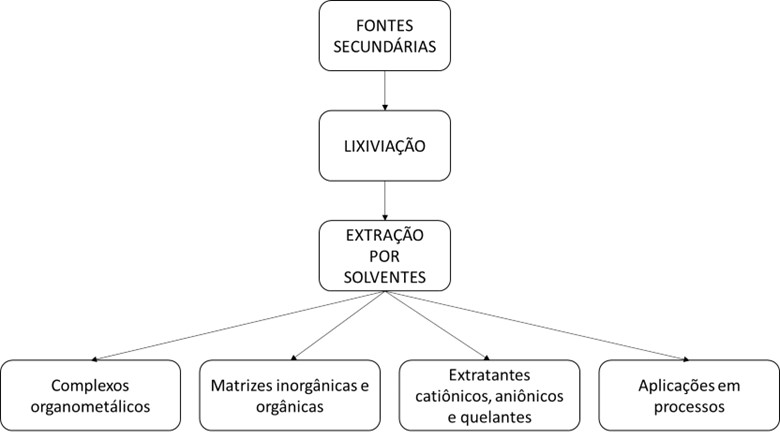Separação de elementos terras raras por extração por solventes a partir de fontes secundárias

Objetivos de Desenvolvimento Sustentável




Resumo
O grupo de terras raras consiste em Sc, Y e os elementos do grupo dos lantanídeos (La, Ce, Pr, Nd, Pm, Sm, Eu, Gd, Tb, Dy, Ho, Er, Tm, Yb e Lu). Estes elementos são cruciais para aplicações em equipamentos eletroeletrônicos e no setor de energia. O país que detém 95% da produção global destes elementos é a China. Com isso, há uma busca por novas fontes de elementos terras raras em todo o mundo. Dentro das rotas industriais, o processo hidrometalúrgico é a principal para obtenção destes elementos, sobretudo para produção de elementos terras raras separados e de alto grau de pureza. Para isso, após a etapa de lixiviação, a etapa de extração por solventes é crucial para o processo. Trata-se de uma separação líquido-líquido entre a fase aquosa (após lixiviação) e a fase orgânica (extratante). A principal lacuna científica e tecnológica é entender como estes elementos se ligam nos extratantes, pois isto poderá ajudar a determinar rotas de obtenção de elementos terras raras a partir de diversas fontes, como resíduos eletroeletrônicos, lâmpadas de LED, e rejeitos de mineração.
Abstract
The rare earth group consists of Sc, Y and the elements of the lanthanide group (La, Ce, Pr, Nd, Pm, Sm, Eu, Gd, Tb, Dy, Ho, Er, Tm, Yb and Lu). These elements are crucial for applications in electrical and electronic equipment and in the energy sector. The country that holds 95% of the global production of these elements is China. With this, there is a search for new sources of rare earth elements around the world. Within the industrial routes, the hydrometallurgical process is the main one for obtaining these elements, especially to produce separate and high purity rare earth elements. For this, after the leaching step, the solvent extraction step is crucial for the process. It is a liquid-liquid separation between the aqueous phase (after leaching) and the organic phase (extractant). The main scientific and technological gap is to understand how these elements bind in extractants, as this can help to determine routes for obtaining rare earth elements from different sources, such as electronic waste, LED lamps, and mining wastes.
Fluxograma

Pesquisas Relacionadas
Recuperação de Metais em Lâmpadas LED;
Reciclagem de baterias de carros elétricos;
Resinas quelantes de troca iônica.
Reciclagem de catalisador gasto.
Reciclagem de telefones celulares.
Financiamento
FAPESP Temático 2012 / 51871-9
FAPESP Auxílio 2018/11417-3
FAPESP Bolsa 2018/03483-6
FAPESP Bolsa no exterior 2020/01083-0
Publicações
Botelho Junior, A. B., Espinosa, D. C. R., & Tenório, J. A. S. (2021a). The use of computational thermodynamic for yttrium recovery from rare earth elements-bearing residue. Journal of Rare Earths, 39(2), 201–207. https://doi.org/10.1016/j.jre.2020.02.019
Botelho Junior, A. B., Espinosa, D. C. R., & Tenório, J. A. S. (2021b). Selective separation of Sc(III) and Zr(IV) from the leaching of bauxite residue using trialkylphosphine acids, tertiary amine, tri-butyl phosphate and their mixtures. Separation and Purification Technology, 279(July), 119798. https://doi.org/10.1016/j.seppur.2021.119798
Botelho Junior, A. B., Espinosa, D. C. R., & Tenório, J. A. S. (2021c). Extraction of Scandium from Critical Elements-Bearing Mining Waste: Silica Gel Avoiding in Leaching Reaction of Bauxite Residue. Journal of Sustainable Metallurgy, 7(4), 1627–1642. https://doi.org/10.1007/s40831-021-00434-3
Botelho Junior, A. B., Espinosa, D. C. R., & Tenório, J. A. S. (2022). Separation of Scandium by Phosphinic Acid Extractant from Sulfuric Acid Solution. In T. Ouchi;, G. Azimi, K. Forsberg, H. Kim, S. Alam, N. R. Neelameggham, A. A. Baba, & H. Peng (Eds.), Rare Metal Technology 2022 (1st ed., pp. 71–78). Springer. https://doi.org/10.1007/978-3-030-92662-5_7
Botelho Junior, A. B., Espinosa, D. C. R., Vaughan, J., & Tenório, J. A. S. (2021). Recovery of scandium from various sources: A critical review of the state of the art and future prospects. Minerals Engineering, 172, 107148. https://doi.org/10.1016/j.mineng.2021.107148
Botelho Junior, A. B., Espinosa, D. C. R., Vaughan, J., & Tenório, J. A. S. (2022). Extraction of Rare-Earth Elements from Silicate-Based Ore through Hydrometallurgical Route. Metals, 12(7), 1133. https://doi.org/10.3390/met12071133
Botelho Junior, A. B., Pavoski, G., Silva, M. D. C. R. da, Silva, W. L. da, Bertuol, D. A., & Espinosa, D. C. R. (2022). Promising technologies under development for recycling, remanufacturing, and reusing batteries: an introduction. In Nano Technology for Battery Recycling, Remanufacturing, and Reusing (pp. 79–104). Elsevier. https://doi.org/10.1016/B978-0-323-91134-4.00006-6
Botelho Junior, A. B., Pinheiro, É. F., Espinosa, D. C. R., Tenório, J. A. S., & Baltazar, M. dos P. G. (2022). Adsorption of lanthanum and cerium on chelating ion exchange resins: kinetic and thermodynamic studies. Separation Science and Technology, 57(1), 60–69. https://doi.org/10.1080/01496395.2021.1884720
de Amorim, L. H. M., Aliprandini, P., Botelho Junior, A. B., Jiménez Correa, M. M., & Espinosa, D. C. R. (2022). Effect of Impurities in the Recovery of Critical Metals: The Case of Nickel Laterite in the Solvent Extraction Process. Journal of Sustainable Metallurgy, 0123456789. https://doi.org/10.1007/s40831-022-00510-2




 Imprimir
Imprimir